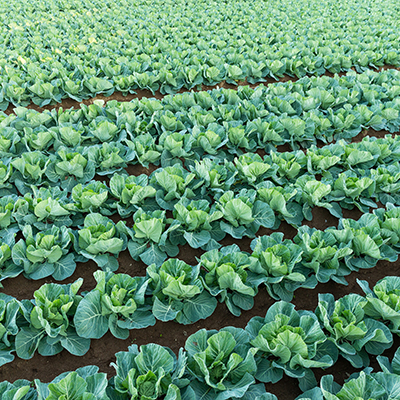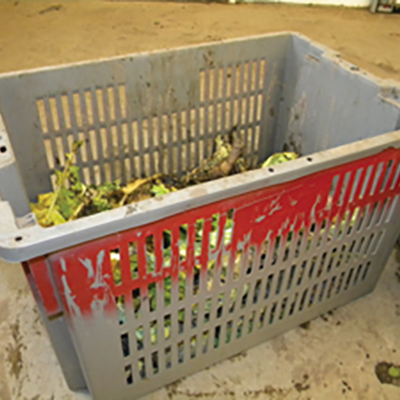The Food and Drug Administration has released draft "guidances" for growing and handling tomatoes, leafy greens and melons to prevent microbial contamination. FDA says its guidance documents represent the agency's current thinking on a topic, and are not binding. However, FDA Commissioner Margaret A. Hamburg, M.D., said the guidances "will be followed within two years by enforceable standards for fresh produce."
Archive
FDA 'guidances' issued
By Lynn Byczynski
August 17, 2009
As currently written, these documents do not exempt small or direct-market farms and could be considered a serious threat to them if these recommendations eventually become law. They are comprehensive to the point of being intimidating, covering virtually every aspect of growing, harvesting, washing, packing, transporting, and marketing these three crops. The tomato guidance, for example, is nearly 25,000 words. (In comparison, the first Harry Potter book is about 75,000 words.) Ironically, little attention is paid to pesticide use as part of the food safety issue; these proposals are all about preventing microbial contamination of food.
That's not to say that these are all wrong-headed. Many of the recommendations provide helpful ways to think about food safety, because they attempt to cover every conceivable way that produce can be contaminated. Most are common sense, or things you have heard before, such as the importance of having employees wash their hands before picking, using potable water for irrigation and washing, not using raw manure on a leafy greens crop, using clean harvest containers, and avoiding fields with runoff from livestock areas. Some may be new considerations; for example, that warm tomatoes should not be submerged in cold water, which can force contaminants on the skin into the tomato flesh at the stem scar.
Some recommendations are more troubling. Growers are advised to "minimize potential access by wildlife" and a section on workers includes the suggestion that "employees, visitors, and other field personnel wear clean and suitable outer garments. Consider, as appropriate to the operation, using hair restraints, plastic aprons and sleeves, restricting nail polish or false nails, and requiring empty pockets above the waist." And there are references to sanitizing washes (e.g. bleach) for produce that conflicts with oranic standards. There are also significant recordkeeping recommendations, which would allow quick traceback of any produce found to be contaminated.
These kinds of recommendations seem more appropriate to a medical laboratory than a farm field. And that is what has many people worried about the current direction of the food safety conversation. Not only is there the chance that they will eventually become law, many of these recommendations are already requirements to sell to wholesalers and grocery store chains.
As farmers, we owe it to ourselves and our customers to do everything in our power to keep our produce safe and clean. And we need to read and comment on these guidances before they are finalized. Comments should be submitted before Oct. 30 to be considered in the drafting of the final documents. Click here to go to the FDA website.













